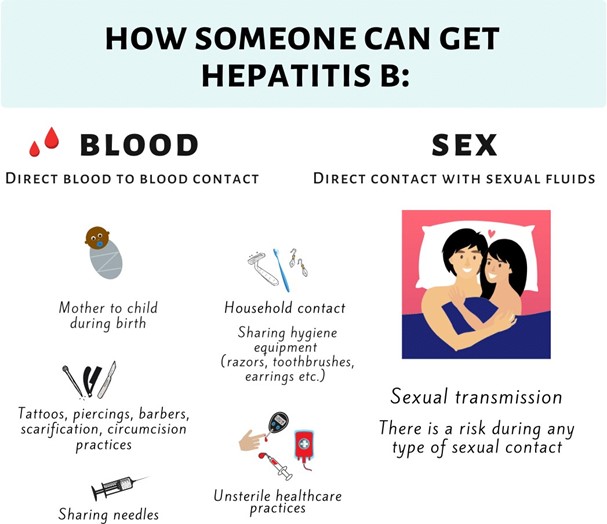The practical nurse (PN) is assisting with the plan of care for a client who is experiencing torticollis from a traumatic injury sustained during a football game. The client received a prescription for tramadol. Which intervention should the PN include in the client's plan of care?
Encourage the client to resume normal activities after medication administration.
Observe the client for involuntary movements of the lips and tongue every day.
Perform a daily whisper test of the client's hearing to detect symptoms of ototoxicity.
Implement ongoing assessments for signs of shallow or slow breathing.
The Correct Answer is D
Tramadol is an opioid analgesic that can depress the respiratory system and potentially cause respiratory depression. Therefore, it is crucial for the PN to closely monitor the client's breathing pattern, depth, and rate. Assessing for signs of shallow or slow breathing is important to detect any potential respiratory depression and take appropriate action promptly.
The other options listed are not directly related to the administration of tramadol:
A. Encouraging the client to resume normal activities after medication administration is not an appropriate intervention for a client experiencing torticollis. The focus should be on pain management, rest, and implementing measures to relieve the torticollis.
B. Observing the client for involuntary movements of the lips and tongue every day is not specifically related to tramadol. This intervention is more relevant to monitoring for tardive dyskinesia, a side effect associated with certain antipsychotic medications.
C. Performing a daily whisper test of the client's hearing to detect symptoms of ototoxicity is not necessary with tramadol. Ototoxicity refers to damage to the inner ear, often caused by specific medications, but tramadol is not known to cause ototoxic effects.
Nursing Test Bank
Naxlex Comprehensive Predictor Exams
Related Questions
Correct Answer is D
Explanation
While the use of cocaine and heroin can pose various health risks, including cardiovascular complications, respiratory problems, and infectious diseases, Hepatitis is particularly associated with injection drug use, such as heroin. Hepatitis is an inflammation of the liver that can be caused by viral infections, including Hepatitis B and C. Sharing contaminated needles or other drug paraphernalia increases the risk of contracting Hepatitis. These viral infections can lead to chronic liver disease, liver cirrhosis, and even liver cancer if left untreated. Therefore, among the options provided, Hepatitis is the greatest health risk for this client due to the mode of drug administration and associated risks of viral transmission.
A, B, and C- It's important to note that while diabetes, glaucoma, and hypertension are all significant health conditions, they are not directly associated with the use of cocaine and heroin as drugs of choice. However, individuals who engage in substance abuse may still be at risk for developing or exacerbating other health conditions due to the overall impact on their physical and mental well-being.

Correct Answer is B
Explanation
Smokeless tobacco, such as chewing tobacco or snuff, still contains harmful substances, including nicotine and various chemicals. It is associated with several health risks, including an increased risk of oral, esophageal, and pancreatic cancers, as well as gum disease, tooth loss, and nicotine addiction.
Incorrect:
A. By providing this information, the nurse can help the client make an informed decision about their smoking cessation plan. It is crucial to emphasize that quitting tobacco altogether is the best approach to reduce the risk of cancer and improve overall health.
C. The nurse should not encourage the client to continue with the plan to switch to smokeless tobacco as a means of reducing the risk for cancer. Instead, the focus should be on supporting the client's efforts to quit tobacco entirely and providing appropriate resources and interventions to facilitate smoking cessation.
D. Addressing the concern about weight gain when quitting smoking is also important, but it should be done in the context of promoting healthy lifestyle changes and offering strategies to manage weight during the smoking cessation process.
Whether you are a student looking to ace your exams or a practicing nurse seeking to enhance your expertise , our nursing education contents will empower you with the confidence and competence to make a difference in the lives of patients and become a respected leader in the healthcare field.
Visit Naxlex, invest in your future and unlock endless possibilities with our unparalleled nursing education contents today
Report Wrong Answer on the Current Question
Do you disagree with the answer? If yes, what is your expected answer? Explain.
Kindly be descriptive with the issue you are facing.
